It is certainly no secret that modern no gi grappling has undergone an incredible evolution over the last 5 years and nobody could predict that the future would have looked like this back then. The landscape has shifted, and popularized techniques have now become a staple part of the regular no gi gameplan. The age of information sharing has allowed for keen study and deduction of prevailing techniques to come to the forefront, and it seems that we are now moving into an era where all is known, right from the word go. The guesswork is being taken out of the grappling journey (or at least chopped in half) and if you want to be a part of the evolution in future, you can make a concerted effort to do so off your own back with the intake of new knowledge placed upon the foundation of your existing techniques.
Training methodology has improved to a standard in which the topflight and elite academies are now sharing their once best kept secrets. The “right way” to do things has been upgraded by minds like John Danaher, practitioners such as Craig Jones and the never-ending efforts of content producers like Bernardo Faria with BJJ Fanatics providing world championship insight at the click of a button.
Hours upon hours of instructional footage is out there from established champions to up and coming strategists, even to the point where instructionals are being released on how to best utilise and study the instructionals themselves! (Thanks Giancarlo Bodoni).
Where Does the Evolution of Grappling Go in the Future?
I have always held the assumption (even if it may be a false assumption) that we are all level. That everyone knows everything. So with that, what we choose to do now, and how we choose to do it, must actively raise the standard and move past the point of known strategy, looking to the future to guide our points of focus. The question is, where can these new points of focus be found? And how can we actively seek the next step without a guide?
When I view these questions objectively, I reach the conclusion that we must often look back, In order to look forward. Maybe not as far back as the Japanese dispersion of masters across Europe, North America and South America… or maybe we should look that far? After all, it was the influences of each area that shaped the evolutions themselves. Japanese Jiu Jitsu mixing with European Folkstyle Wrestling, traditional Judo mixing with Brazilian Luta Livre, traditional submissions mixing with American Freestyle, all creating a well-rounded Catch Wrestling style transferable to a bout with or without strikes.
What exactly did we learn from this time period that can allow us to seek progression in the modern era? I believe the resounding lesson is that the blending of styles in order to problem solve, holds the key to the next evolutions of grappling. And as will explain, it always has.
If you ask Craig Jones, it was the Australian grappling style that foiled Dagestani wrestling in Alexander Volkanovski’s bout with Islam Makhachev… though maybe I’m biased by throwing that in there as an example. Potentially a better depiction of where I’m headed with this, is the recent evolutions of leglock positional upgrades, that included entries to the Saddle position and 50/50 inside heelhook finishes (from top and bottom) that had to be addressed by the masses in a very direct way in order to curtail their blatant dominance in the competition scene. Elements of heavy pressure passing and pinning concepts from Freestyle Wrestling have been developed and implemented as part direct response to this game and proven to be wildly effective as not only a foil to the modern leg entanglement game, but as a fantastic conceptual addition to the passing meta overall.
In response, the resurgence of the arm straightener, Choi bar and Kimura trap systems returned to the arsenal of the bottom game player in order to regain control of the inside space and directly counterattack this new top of the food chain passing concept. If an opponent attempts a heavy cross face too early without infiltrating your frames, the access to upper body submissions becomes a go-to attack to contest the position. One could argue that those systems are most prevalent in traditional Judo submission lessons with the traditional arm straightener and rolling armbar attacks being adapted to problem solve a high-level attack in the modern era. Can you see a pattern emerging?
Further to this line of thinking, we are hearing it remarked now that the side control position is becoming less coveted in no gi grappling due to the issues with it’s attacking systems (relinquish control/pin to move to attack) and the propensity for our opponent to not just replace guard (which may not be their priority) but to force a turtle/platform scramble and punish an overzealous player for attempting to get two hooks in on the back too early. We saw this dynamic play out constantly at the most recent ADCC, being that the rule set lends itself to this dynamic being explored/exploited, and has continued to be a theme since, even to the point where the mount position has had a massive boost in attention as it is once again seen as a dominant control position where in the controller does not need to relinquish the pin, in order to attack submissions, making it preferable over side control once more.
So, a wrestling tactic of forcing a scramble through a funk roll / leg pass predicament, exploding out of side control with purpose to avoid the pin, led to a Jiu Jitsu based problem-solve with the mount re asserting itself as dominant overall… Can you see the pattern now?
So What Happens Next?
Inevitably, the dominance of mount will lead to the necessity of a more tactical tight turtle linked with a half guard game i.e. the way that Octopus guard is now being taught and played or the ability to stand as a preference to sweep will be explored. This is similar to Craig Jones’ “Just stand up / Jiu Jitsu doesn’t work” concept, which will again lead to tactics from Folkstyle Wrestling such as the classic cross-body ride being utilised as a midway control position, both grounding our opponent and staying behind them whilst not yet committing to a full two hooks in back control with seat belt (potentially not even needing to). See some of Ben Askren’s run in MMA to understand the efficacy of a solid cross-body ride / spiral ride System when applied in combat sports.
Once again, the blending of styles and utilisation of over all grappling tactics, simply, IS the future of grappling. Having problems shooting to the legs? Explore upper body tactics from Judo and Greco-Roman. Having issues submitting opponents from the bottom position? Incorporate wrestle-up push-pull mechanics to create multiple threats and dilemmas. Your leg-locks are not working like they used to? Explore traditional guards to gain access to surprise entries like the full guard to K-Guard pathway.
The big lesson is this; Respect all grappling styles. Study all grappling styles. Use all Grappling styles. Become the grappler of the future and embrace the evolution of the sport by seamlessly blending all grappling styles of today.
For more of our opinion pieces on various topics, visit our opinion piece archives.












